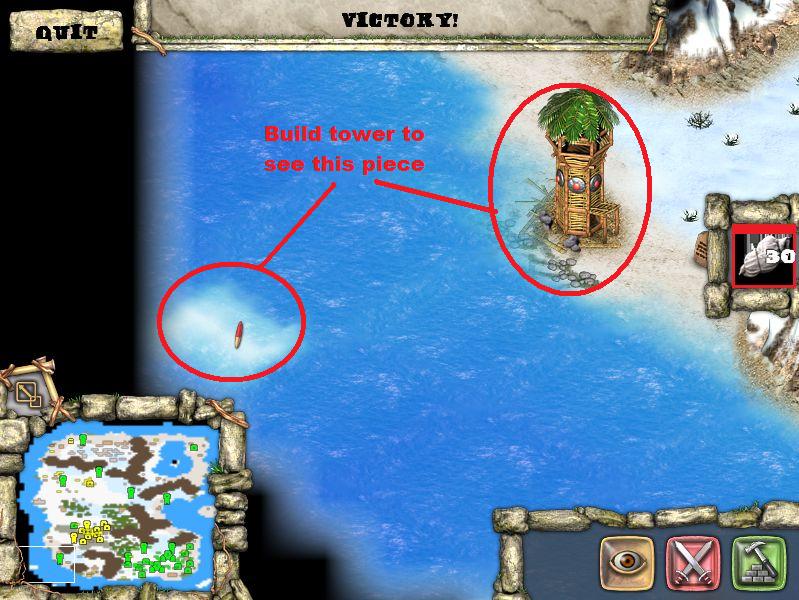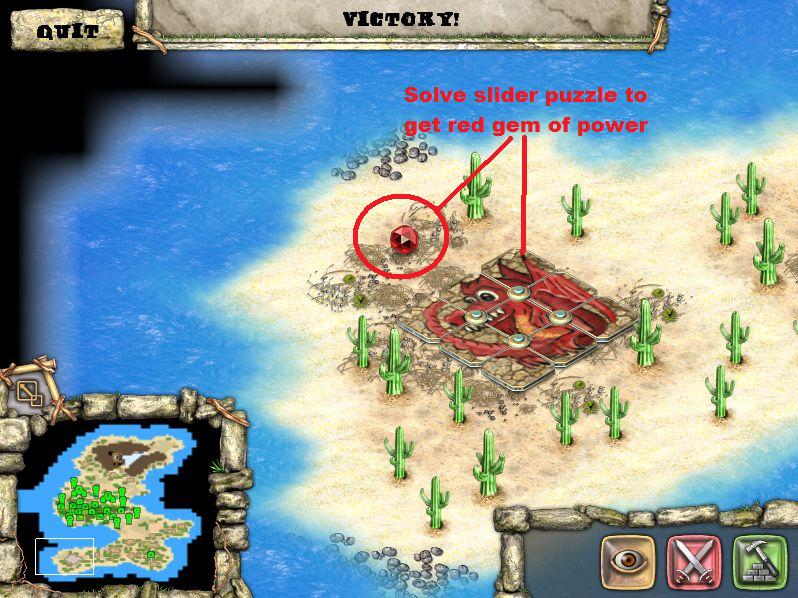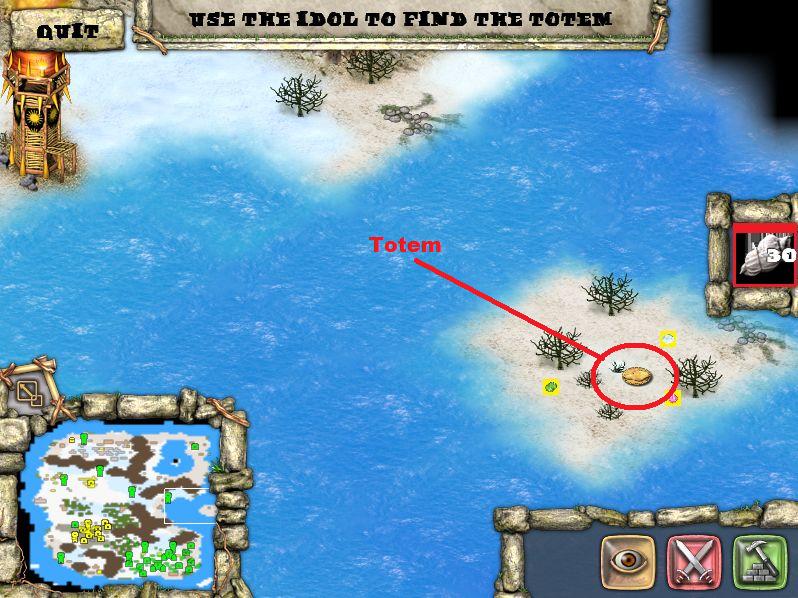

Do not forget to look for jewels every time you explore a new part of a map, even in corners where you do not expect them.
TOTEM TRIBE GOLD GUARDIAN MOON LIGHTNING HOW TO
Especially when they learn how to swim and become invisible for the enemy they are your most important unit. It is always more effective to use the scouts to explore the islands, because they are quicker than the military units.

However, they automatically return to the old order as soon as they have finished the new one. If you add new tasks (charging spells, research, construction) before another task is finished they will interrupt it. But take into account that workers always fulfill just one task at the same time. The more workers you train, the quicker building processes are finished.Always click the guiding stones for they always provide worthwhile information, sometimes even helpful hints for specific quests or puzzles.Kathryn Bunn-Marcuse is assistant director of the Bill Holm Center for the Study of Northwest Coast Art, Burke Museum, University of Washingtonįor more information on holidays in the USA, visit DiscoverAmerica. While the ancient Salish art forms have long been overshadowed in the Puget Sound region by the towering poles imported from the North, contemporary Native American artists are shaping Salish forms into new urban experiences that tap the deep indigenous traditions in this region for tourists and local alike. Peterson's work marks Tacoma as Salish territory, where his "Salmon Continuum" bus shelter of sandblasted glass and aluminium stands near light posts decorated with the frogs and moon of Salish oral history. Peterson's woman now stands welcoming all, with hands outstretched in a traditional Salish greeting. And when the city leaders of Tacoma, Washington, wanted an indigenous piece to showcase in Tollefson Plaza (the original site of the Puyallup village of spuy'elepebS), Shaun Peterson (Puyallup/Tulalip) convinced them not have a Northern-style totem pole, but a 24ft cedar Salish welcome-figure. Roger Fernandes (of the Lower Elwha band of the Klallam) recently designed the new gateway for the Thomas Street pedestrian overpass linking several tourist destinations in Seattle, including the Olympic Sculpture Park and the Space Needle.His cedar-and-glass installation, Snoqual/Moon the Transformer, tells of the creation of Snoqualmie Falls and the first appearance of salmon in the river, while also illustrating the reshaping of the Duwamish waterway by civic engineers in 20th century. State-funded art has helped bring local indigenous traditions and aesthetics into the public realm. More recently, however, Salish art has come into its own in the public sphere and on the art market.

Salish work did not lend itself to being appropriated as a public symbol of the growing metropolis of Seattle in the early 20th century.Ī Salish wood carver displays his craftsmanship during a cultural workshop. It's no wonder that the poles make fabulous public art – that was their original purpose among the Tlingit and Haida communities, where they illustrated, predominantly, wealth and status.īut among the Salish tribes of western Washington the tradition of art-making focused on smaller, personal objects or interior houseposts shown only to select guests.

In fact, Seattle businessmen imported Tlingit and Haida poles from south-east Alaska to market Seattle as the "Gateway to Alaska" after the Klondike gold rush – a marketing gimmick that was wildly successful. No visit to Ye Olde Curiosity Shop on Seattle's waterfront would be complete without buying a souvenir pole keychain to remember your visit.īut the poles are not indigenous to this region. Seattle's poles stand at many of the city's most-visited attractions: the Pike Place Market, Pioneer Square, the waterfront, the locks, Lake Union, the University of Washington campus, and many public parks. Considered by many as the emblem of the native people of North America, the poles have been the iconic symbol of the region since the late 19th century. I t's impossible to picture the Pacific Northwest without the image of a totem pole.


 0 kommentar(er)
0 kommentar(er)
